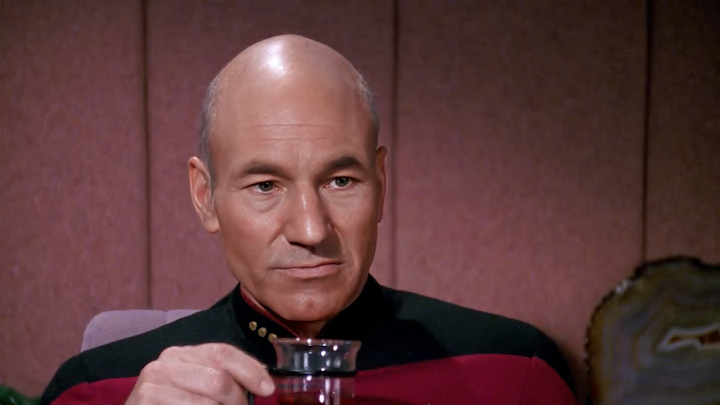When it comes to sci-fi television shows, few get compared to each other within a franchise like Star Trek: The Next Generation and Star Trek: Deep Space Nine. Perhaps it’s because the shows ran so closely together, with Deep Space Nine premiering in January of 1993 while The Next Generation was still airing first-run episodes of its 7th and final season.
Both shows have similar technology and values. However, it seems that Deep Space Nine has aged better overall in the eyes of the fandom, so let’s take a look back at both shows and find a few reasons why this might be.
1. Future stories, modern themes
One aspect of Deep Space Nine that seems to resonate with fans is the way it frames modern problems in a futuristic setting. Most Star Trek series in the franchise accomplish this, but Deep Space Nine’s themes, such as the question of religion, modern gods, and the trauma war causes, are all examined over time, and through multiple characters, instead of offering just a glimpse.
While The Next Generation had some great overarching plots, such as examining the human condition through Data’s journey, those delved into by Deep Space Nine felt more personal. Was the wormhole inhabited by Bajoran gods? How did the trauma of alien occupation affect Kira Nyres and her people? Can individuals form their own destiny despite the demands of tradition? These questions remain relatable, making Deep Space Nine more watchable today.
2. DS9 views the future through a critical lens
Star Trek: The Next Generation had a lot going for it when it premiered back in 1987. Fans got a fresh new cast, an amazing new Enterprise, and groundbreaking technology, such as the holodeck. The ship had a large crew lounge (10-forward), they were able to bring their families on board, and the Federation was stronger than ever.
While this utopian version of the future is one viewers would like to believe in, it sometimes feels too much so. Antagonists like the Borg exist, and crewmen are lost, but The Next Generation doesn’t explore darker themes the way Deep Space Nine did. The series shows us that the far-reaching effects of hostile occupation and the repressive attitudes of some cultures, like the Ferengi, don’t always fit the ideals of a Federation-run utopia.
3. Less stagnant character arcs
There’s no denying that The Next Generation had some excellent characters that experienced significant growth during the show’s seven seasons, with Data mainly coming to mind. Some characters change and grow, but viewers do not always get to see the work the characters put in to do so.
Deep Space Nine gives us active character arcs that feel more organic. For example, Kira’s struggles to leave her traumatic past behind and trust in her friends don’t happen in the flick of a switch; the viewers share and understand her struggles to overcome her fear and anger over the Cardassian occupation, giving her character a kind of realism viewers don’t often see in The Next Generation.
While fans of each series will likely continue to debate the validity of each series for a long time to come, there’s no doubt that both have carved out their place in Star Trek canon.
